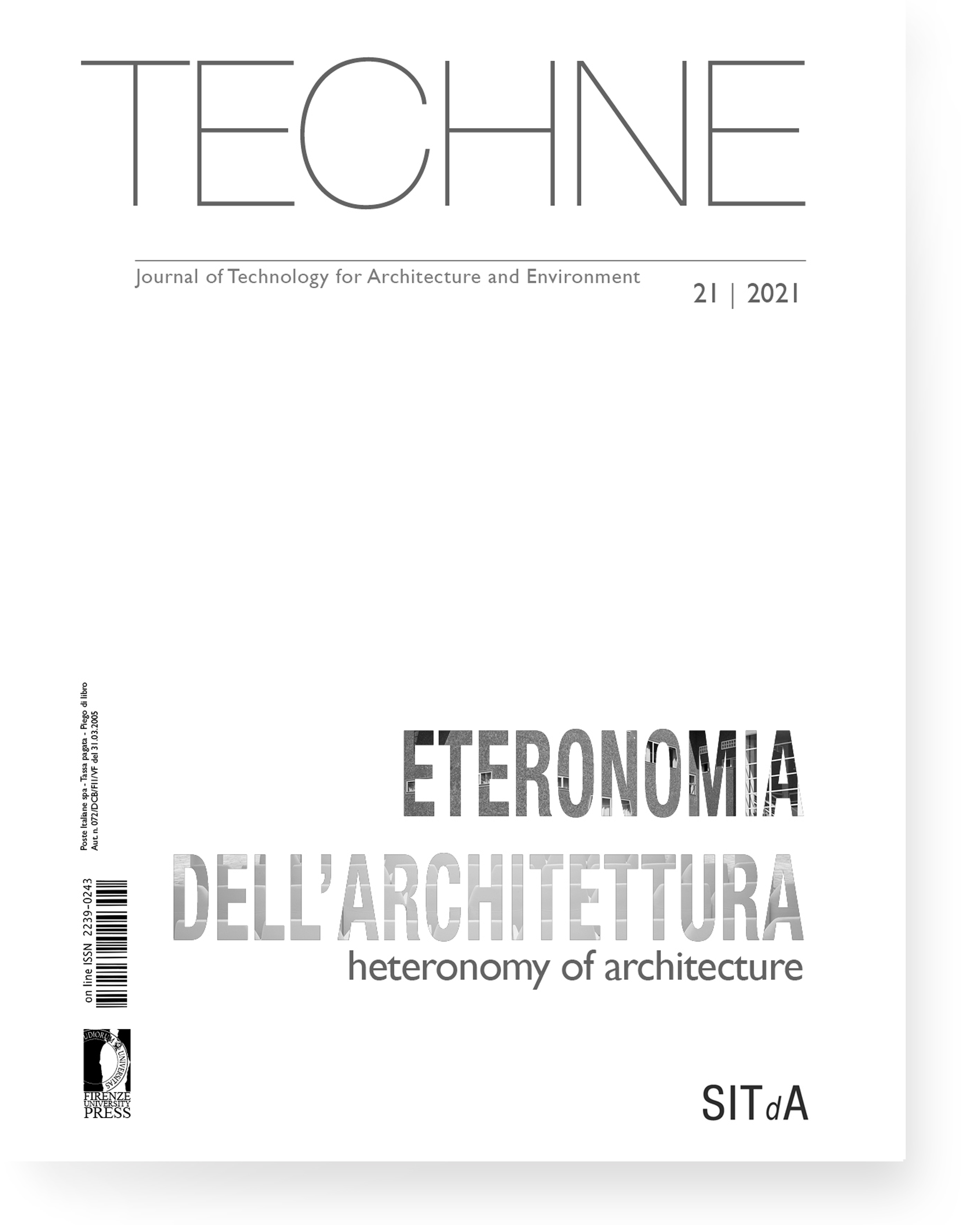Published 2021-05-26
Keywords
- .
How to Cite
Abstract
The contemporary debate on ecology is largely influenced by the theses of the French anthropologist Philippe Descola, who in his masterpiece published in 2005 “Par-delà nature et culture” describes how different cultures relate to what the West calls nature1. Nature, in this framework, is itself a cultural element differently accessible according to the way it is thought and described. This is a very important contribution and not only for European anthropology. However, one of the theses of this book is particularly problematic: the one that leads Descola to recognize in Western culture a “naturalist” attitude, that is, objectifying the rest of non-human living beings. In the West, “nature” would be unified and defined by its very absence of soul or spirit, whereas other cultures recognize a form of subjectivity in everything that lives and for this very reason are forced to think in “nature” a “cultural” plurality that the West does not perceive. The problematic aspect of this thesis is the idea that animism, the attitude that recognizes the existence of a mind or self-consciousness even outside of humanity or a small number of animals, would be impossible or a minority in Western cultures. To this hypothesis, the one that Western culture devoid of any animist sensibility, was actually already opposed a few years before the publication of Descola’s masterpiece another great European anthropologist, Alfred Gell.






